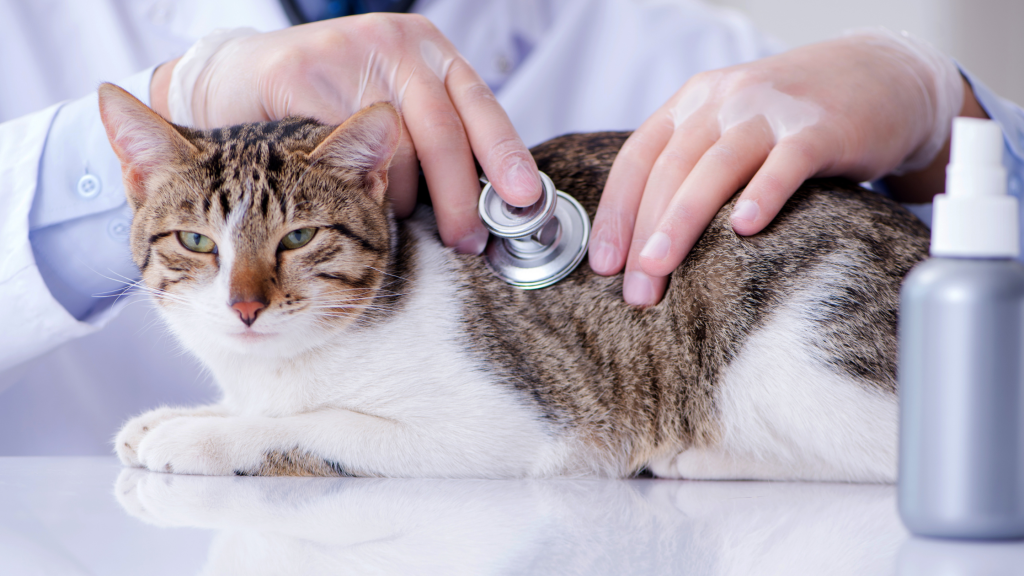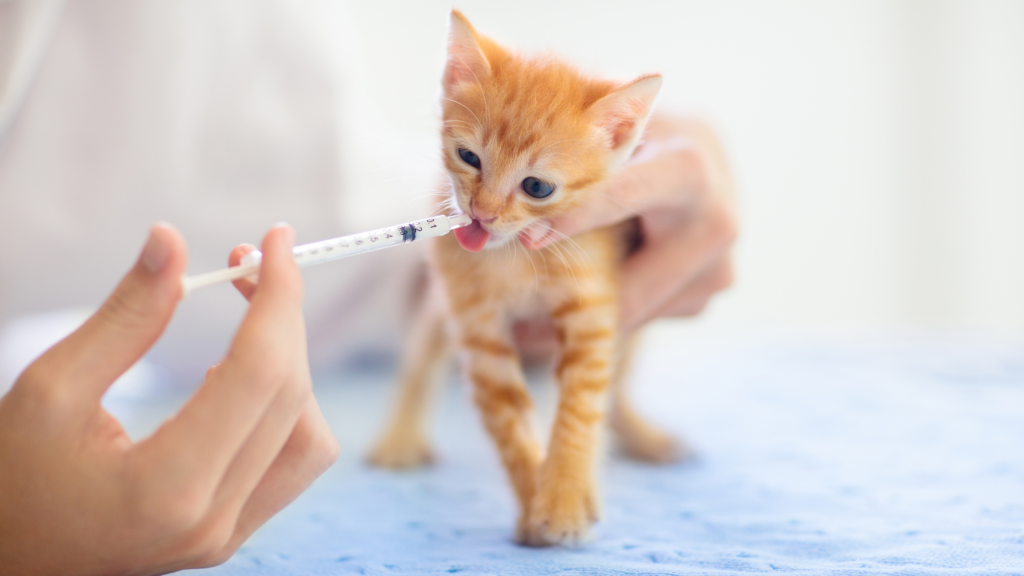Cancer of the mammary glands (tumors) is one of the most common cancers in female cats, and its occurrence can have serious consequences for the animal’s health.
Although mammary gland tumors can be either benign or malignant, most of them are malignant and require prompt and thorough treatment.
Understanding the causes, symptoms, possible treatments, and importance of prevention can help owners ensure the well-being of their pets.
Table of contents
Types of mammary gland tumors
Cat mammary gland tumors are divided into two main categories: benign and malignant tumors. Unfortunately, more than 85% of cat mammary gland tumors are malignant, so they often progress rapidly and can spread to other organs.
- Benign tumors, such as adenomas, are rare and usually do not pose a threat to the animal’s health. They typically grow slowly and do not spread to other tissues. However, even benign tumors can become a problem if they grow too large or press on surrounding organs.
- Malignant tumors, such as adenocarcinomas and carcinomas, are the most common and require aggressive treatment. These tumors have a high risk of metastasis—they can spread to nearby lymph nodes, lungs, liver, and other vital organs. Malignant tumors are often aggressive, so early diagnosis is particularly important for improving long-term survival rates.
Causes of mammary gland tumors in cats
As with dogs, the main risk factor for cats developing mammary tumors is their hormonal status. Unspayed cats or those spayed late (after several heat cycles) are at greater risk of developing this disease.
Cat hormones, especially estrogen and progesterone, play an important role in the development and growth of mammary glands, and excess amounts can promote abnormal growth of mammary gland tissue, which can later become malignant.
Spaying at an early age is one of the most effective ways to reduce the risk of mammary gland tumors.
Studies show that cats spayed before their first heat have a significantly lower risk of developing mammary gland cancer than those spayed later.
In addition to hormonal factors, age also plays an important role. Older cats (usually over 10 years old) are more likely to develop mammary tumors.
In addition, certain breeds of cats, such as Siamese cats, are more prone to this disease, although it can occur in cats of any breed.

Symptoms of mammary gland tumors in cats
In the early stages, mammary gland tumors may not cause any obvious symptoms, so they can be difficult to detect. Most often, cat owners notice small, firm lumps or swellings in the lower abdomen, where the mammary glands are located. Tumors can vary in size, from small pea-sized lumps to larger, immobile masses.
Cat tumors are often painful, and in later stages they can cause ulceration, bleeding, and inflammation. Cats may start licking the affected area due to pain and discomfort, which can cause additional skin damage.
If the tumor is malignant and metastasizes, cats may begin to show systemic symptoms such as weight loss, decreased appetite, weakness, or abdominal swelling. If mammary gland cancer metastasizes to the lungs, the cat will begin to have difficulty breathing.
If you notice these symptoms, it is very important to consult a veterinarian as soon as possible to ensure early diagnosis and start appropriate treatment.
Treatment options for cat mammary gland tumors
The treatment of mammary gland tumors in cats depends greatly on the size, location, benign or malignant nature, and spread of the tumor. Most tumors require surgical treatment, but in some cases additional treatment may be necessary, such as chemotherapy or radiation therapy.
- Surgery is the main treatment method for mammary gland tumors in cats. If the tumor is benign, a smaller excision with narrower surgical margins can be performed. However, if the tumor is malignant, it is recommended to perform a wide excision of the mammary gland chain (mastectomy) to reduce the risk of tumor recurrence and metastasis. In some cases, especially if the tumor has spread to several glands, it may be necessary to remove the entire mammary gland chain on one side of the body. This is a more extensive operation, but it can help prevent the spread of the tumor and prolong the cat’s life.
- Chemotherapy is often used as an additional treatment for malignant tumors. It can be used after surgery to destroy any remaining cancer cells and reduce the risk of tumor recurrence, or in cases where surgery is not possible due to the extent of the tumor. The goal of chemotherapy is to slow the spread of cancer and relieve symptoms, although it may not always result in a complete cure.
- Nonsteroidal anti-inflammatory drugs (NSAIDs), such as meloxicam or piroxicam, may be used to reduce inflammation and pain associated with breast tumors. In addition, certain NSAIDs may also help to inhibit tumor growth, particularly in cases of malignant cancer.

The importance of early diagnosis and treatment
If you notice any signs of mammary gland tumors in your cat, it is very important to consult a veterinarian as soon as possible. Early diagnosis and prompt treatment can help save your pet’s life and ensure a better quality of life.
At the Begemotas Veterinary Clinic in Vilnius, oncologist Gabrielė specializes in the diagnosis and treatment of cancer in cats and other animals.
Soft tissue surgeon Edmundas can offer professional surgical intervention for your pet. Together, these specialists can provide you with detailed consultations and draw up an individual treatment plan for your cat.
Don’t leave your pet’s health to chance – the sooner you notice a problem and consult a specialist, the greater the chance of curing it and ensuring a longer and healthier life for your cat. Sign up for a consultation today and take care of your pet’s well-being!






